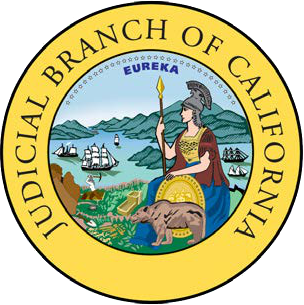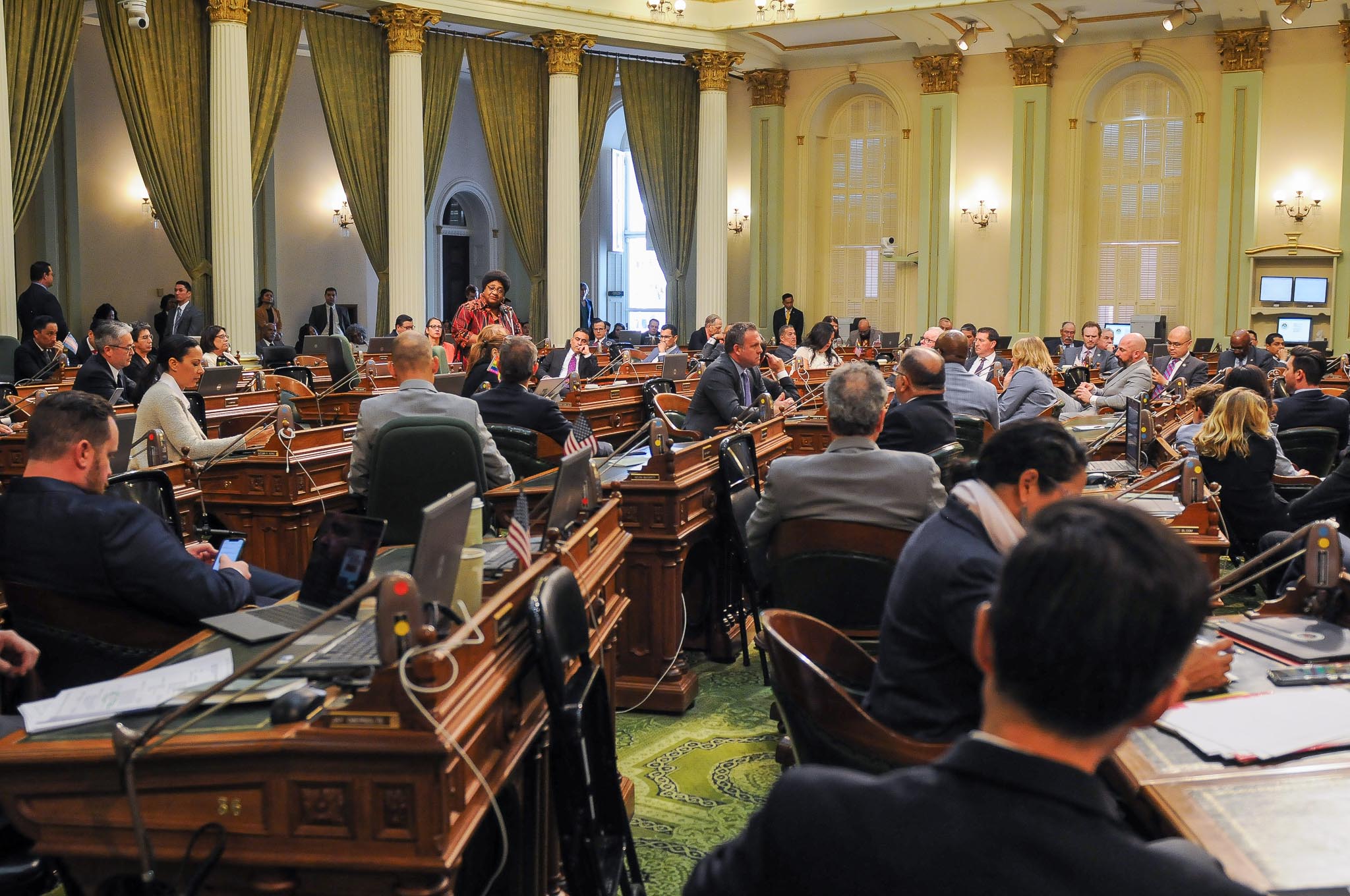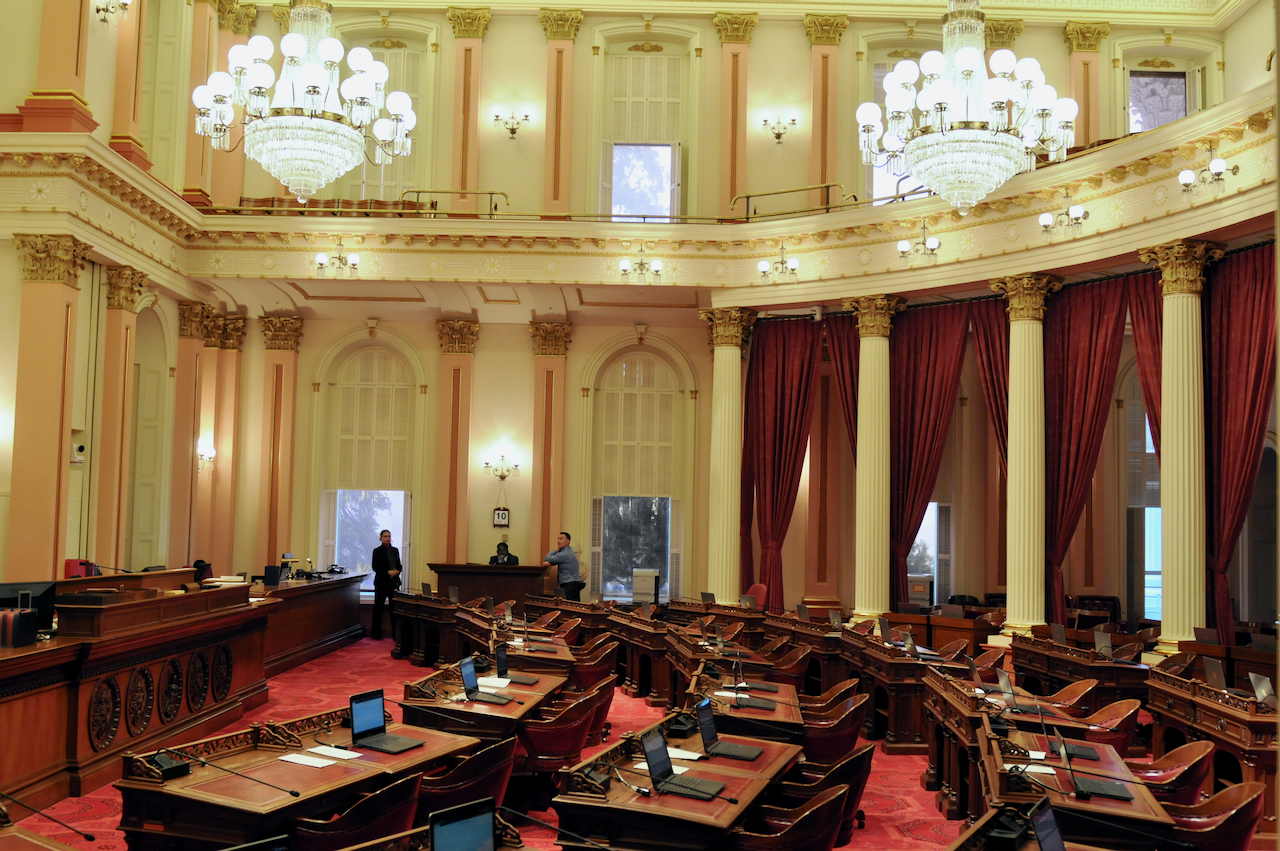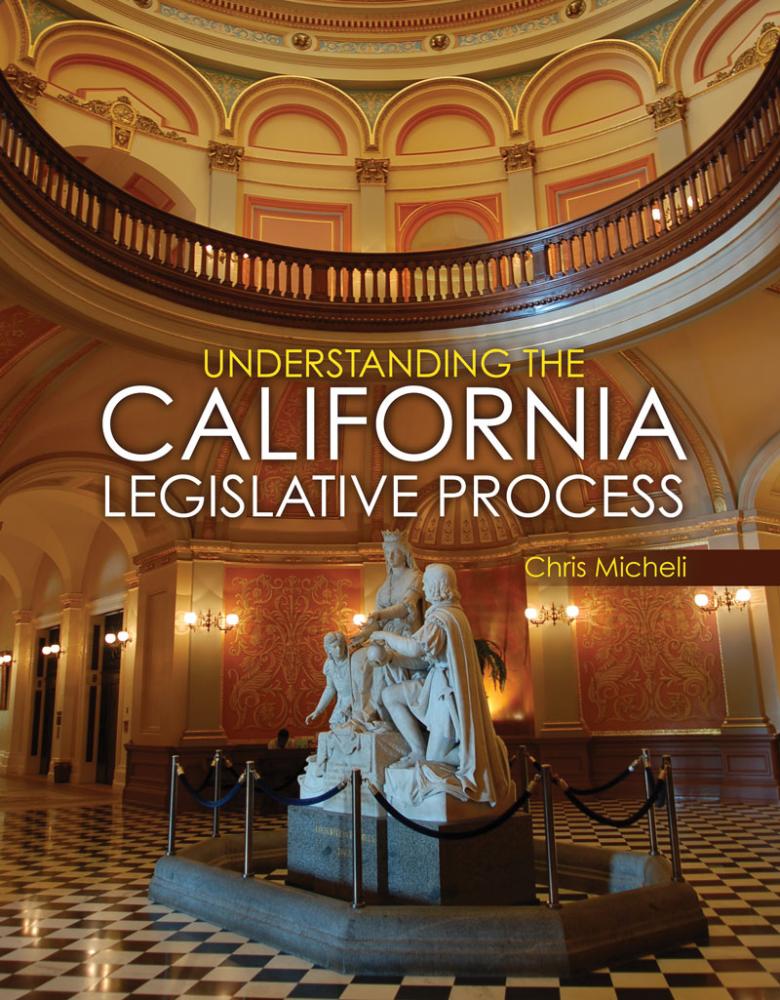
Judicial Branch of California
Role of the Judiciary in the Lawmaking Process
All three branches of government play a role in developing state policy
By Chris Micheli, October 14, 2019 6:05 am
Members of the state and federal judiciary branches play a role in the California lawmaking process as a part of our government’s system of “checks and balances.” When California statutes or regulations are legally challenged, for example, then the state or federal court that makes a determination establishes a policy for the state. Of course, California statutes and regulations may be challenged on either federal or state constitutional grounds. As a result, both state and federal courts may play a role in the state lawmaking process.
In addition to a legal challenge, both federal and state courts may be called upon to interpret California statutes or regulations. The judicial branch of the state and federal governments is granted its authority by the California and U.S. constitutions. In addition, the powers and duties of the judicial branch are enumerated in federal and state statutes. Statutory interpretation is the primary role of the judicial branch of government in the state lawmaking process. In fact, the courts are regularly called upon to interpret state statutes and regulations.
Sometimes to the dismay of elected officials in the executive and legislative branches of government, the third branch of government does play a crucial role in the state lawmaking process when the courts determine what the legislative intent was of a statute, whether a regulation comports with the Administrative Procedures Act, or whether a statute or regulation is constitutional. This is the critical role of the judicial branch in the state lawmaking process.
Occasionally, the California Legislature passes a law that do not comport with the state or federal constitutions. Despite claims by judges that they leave lawmaking to the elected branches of government, when judges modify statutes or provide a determination of how a statute or regulation is to be interpreted and applied, then judges do in fact become a critical part of state policymaking. Hence, all three branches of government play a role in developing state policy.
When a statute, regulation or government action is found to violate a provision of the Constitution (either the federal or state constitution), the courts will not only invalidate the law, regulation or executive order, but may also impose injunctive or other relief that is tantamount to a new public policy being adopted. When provisions of law (primarily statutes or regulations) are unclear in certain respects, the courts will engage in statutory interpretation to clarify the law and do its best to determine what the legislative intent was in adopting the statute. Sometimes the court’s interpretation is tantamount to a new public policy being issued.
Generally speaking, the California courts are not really vested with the power to legislate, as this authority would conflict with the constitutional separation of powers, and those are the roles of the legislative and executive branches of state government. However, the courts can and do become involved in developing public policy. And when they do, that policy has the same effect as a statute adopted by a legislative body.
For instance, the landmark case of Serrano v. Priest, 5 Cal.3d 584 (1971) originated as a class action brought by public-interest attorneys on behalf of a class of all California public-school pupils. The case involved pressing issues of the day: public education as a fundamental right and discrimination against poor and minority students. The California Supreme Court struck down California’s public-school, general-fund financing structure as a violation of the state constitution’s equal protection guarantee.
Under this system, per-pupil expenditures varied greatly and depended on a school district’s tax base. These kinds of tax-base disparities resulted in significant inequalities in actual educational expenditures on a per pupil basis from school district to school district around the state. The Court’s decision (including a follow up 1976 decision) in Serrano essentially gave instructions to the California Legislature on what would be required to fix the state funding statutes, and the Legislature subsequently did so.
The other major way in which the courts make state public policy is through statutory interpretation. In this instance, there is a statute or group of statutes which is unclear or silent on some aspect of policy. The court is asked to fill in the gap (i.e., to discern the intent of the legislature). Thus, to invoke this approach, the plaintiff challenging the statute will need: (a) a statute or statutory scheme which is unclear or silent on some public policy matter, and (b) a cause of action and standing to sue.
Finally, while the federal courts may be limited in terms of their ability to adopt or create policy, they often have a profound role in terms of public policy. In particular, newly-adopted statutes, regulations, and executive orders are often challenged in the state and federal courts. For parties or interests that lost in the legislative process, the courts have long been used as a means of preventing adopted policy from going into effect.
- California Department of Child Support Services - December 24, 2025
- Mistakes in Legal Pleadings - December 23, 2025
- The Division of Property Concerning Retirement Plan Benefits - December 23, 2025




